My Rubicon lift relies on the age-old “add-a-leaf” idea. Ever since I took apart the factory Leaf Springs, and upset the bushings, they have creaked, groaned, and made more darn noise than the stereo on the inside. Soooo I once again decided to put the beast up on stands and take ‘er apart.
Understanding Leaf Springs
Leaf springs are long, curved metal bars or strips that are stacked on top of each other. They are attached to the axle and the chassis of the vehicle. The purpose of leaf springs is to distribute the weight of the vehicle evenly and provide stability and support. They also help absorb shocks and vibrations, ensuring a smoother ride.
Importance of Greasing Leaf Springs
Greasing the leaf springs is vital to prevent friction and wear between the individual leaves. Over time, dirt, dust, and moisture can accumulate between the leaves, leading to corrosion and reduced flexibility. By applying grease, you create a protective barrier that reduces friction, minimizes wear, and extends the lifespan of the leaf springs.
Step-by-Step Guide to Greasing Jeep’s Leaf Springs
Tools and Materials Needed
Before you begin greasing your Jeep’s leaf springs, gather the following tools and materials:- Floor jack and jack stands
- Wheel chocks
- Wrench or socket set
- Wire brush
- Grease gun
- High-quality lithium or synthetic grease
- Rag or shop towels
Put the Jeep Up on Stands
I started by pulling the studs out just like you were taking the spring out…Pulling Out the Leaf Springs Studs
I started by pulling the studs out just like you were taking the spring out…Lube the Bushings of Your Leaf Springs
Load the grease gun with high-quality lithium or synthetic grease. Apply grease to the surface of each leaf spring, focusing on the areas where the leaves come into contact. Make sure to apply an even coat of grease, covering the entire length of the leaf springs.
The grease I used was a wheel bearing grease and is nice and thick. Use any grease you want as long as it’s not watery.
This is what it looked like after I got done doing the sliming. Nice and clean to a point. Don’t overdo it because at that point you are just wasting it.
!!!!!DO NOT USE WD-40!!!!!Once you pull the springs down and the bushings are exposed. Lube them up like it’s your job. As shown here the shackle gets a face full of grease(those were some squeaky bastards…)
Put the Leaf Springs Studs Back
After greasing the leaf springs, carefully lower the Jeep off the jack stands using the floor jack. Remove the wheel chocks and take the Jeep for a test drive to ensure that the leaf springs are functioning smoothly.
Afterward, I drove around the block, and to my amazement…It sounds so much better. It made no noise at all!!! Finally some peace and quiet.
Prepare the Jeep
Park your Jeep on a flat surface and engage the parking brake. Place wheel chocks behind the rear wheels to prevent any movement. Use a floor jack to lift the rear end of the Jeep and secure it on jack stands for safety.
Clean the Leaf Springs
Use a wire brush to remove any dirt, rust, or debris from the surface of the leaf springs. Pay close attention to the areas between the leaves. Ensure that the springs are clean and free from any contaminants.


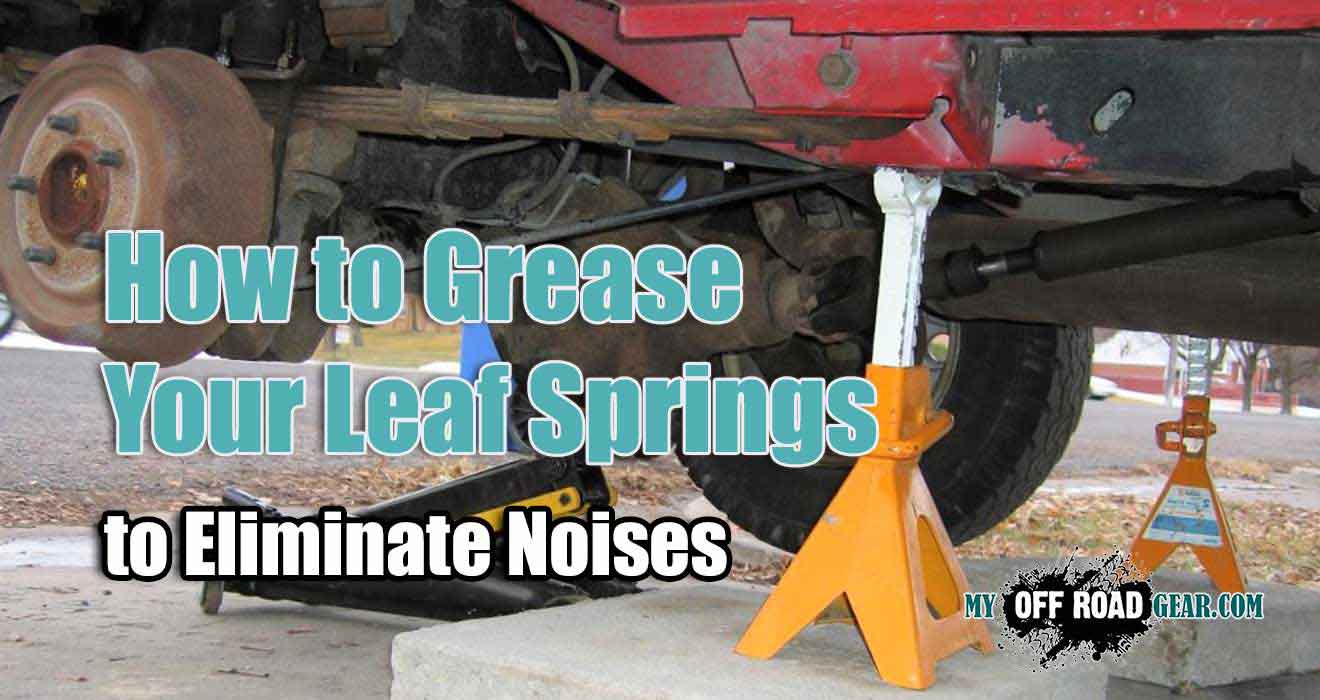
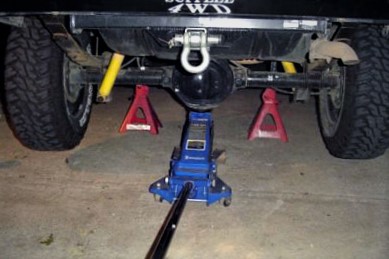
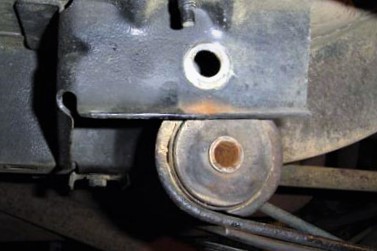
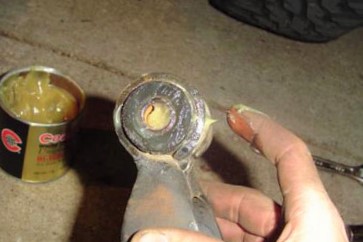
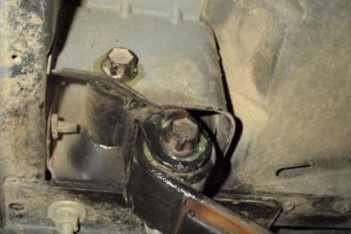
Add Comment